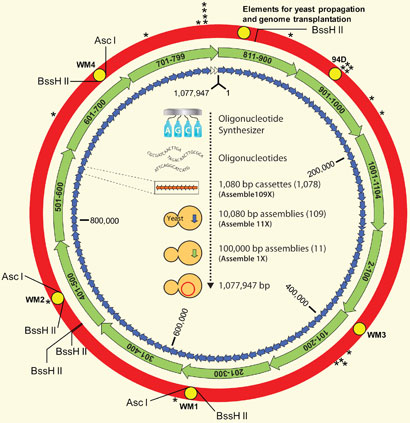Golden rice is a variety of Oryza sativa rice produced through genetic engineering to biosynthesize beta-carotene, a precursor of pro-vitamin A in the edible parts of rice. The scientific details of the rice were first published in Science in 2000. Golden rice was developed as a fortified food to be used in areas where there is a shortage of dietary vitamin A. In 2005 a new variety called Golden Rice 2 was announced which produces up to 23 times more beta-carotene than the original variety of golden rice. Neither variety is currently available for human consumption. Although golden rice was developed as a humanitarian tool, it has met with significant opposition from environmental and anti-globalization activists.
The research that led to golden rice was conducted with the goal of helping children who suffer from vitamin A deficiency (VAD). At the beginning of the 21st century, 124 million people, in 118 countries in Africa and South East Asia, were estimated to be affected by VAD. VAD is responsible for 1–2 million deaths, 500,000 cases of irreversible blindness and millions of cases of xerophthalmia annually. Children and pregnant women are at highest risk. Vitamin A is supplemented orally and by injection in areas where the diet is deficient in vitamin A. As of 1999, there were 43 countries that had vitamin A supplementation programs for children under 5; in 10 of these countries, two high dose supplements are available per year, which, according to UNICEF, could effectively eliminate VAD. However, UNICEF and a number of NGOs involved in supplementation note more frequent low-dose supplementation should be a goal where feasible.
Because many children in countries where there is a dietary deficiency in vitamin A rely on rice as a staple food, the genetic modification to make rice produce provitamin A (beta-carotene) is seen as a simple and less expensive alternative to vitamin supplements or an increase in the consumption of green vegetables or animal products. It can be considered as the genetically engineered equivalent of fluoridated water or iodized salt.
Initial analyses of the potential nutritional benefits of golden rice suggested consumption of golden rice would not eliminate the problems of blindness and increased mortality, but should be seen as a complement to other methods of vitamin A supplementation. Since then, improved strains of golden rice have been developed containing sufficient provitamin A to provide the entire dietary requirement of this nutrient to people who eat about 75g of golden rice per day.
In particular, since carotenes are hydrophobic, there needs to be a sufficient amount of fat present in the diet for golden rice (or most other vitamin A supplements) to be able to alleviate vitamin A deficiency. In that respect, it is significant that vitamin A deficiency is rarely an isolated phenomenon, but usually coupled to a general lack of a balanced diet (see also Vandana Shiva's arguments below). Hence, assuming a bioavailability on par with other natural sources of provitamin A, Greenpeace estimated adult humans would need to eat about 9 kilograms of cooked golden rice of the first breed to receive their RDA of beta-carotene, while a breast-feeding woman would need twice the amount; the effects of an unbalanced (fat-deficient) diet were not fully accounted for. In other words, it would probably have been both physically impossible to grow enough as well as to eat enough of the original golden rice to alleviate debilitating vitamin A deficiency. This claim however referred to a prototype cultivar of golden rice; more recent versions have considerably higher quantities of vitamin A in them.

